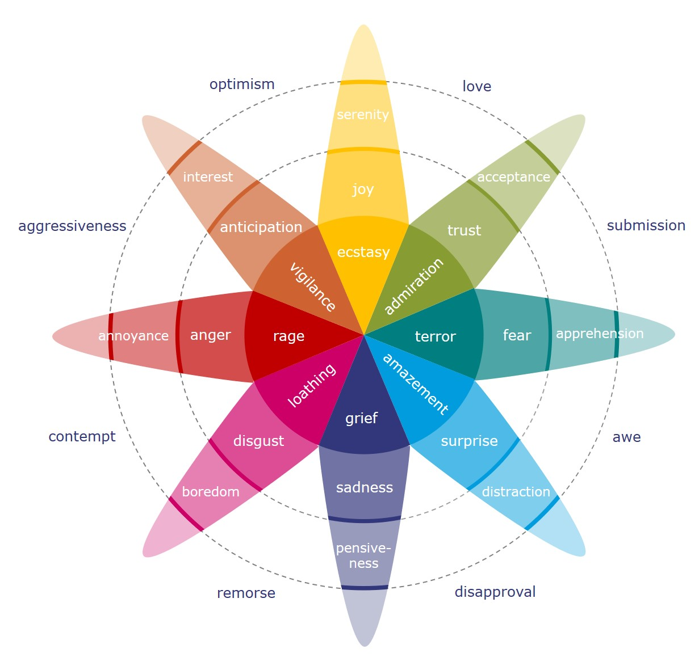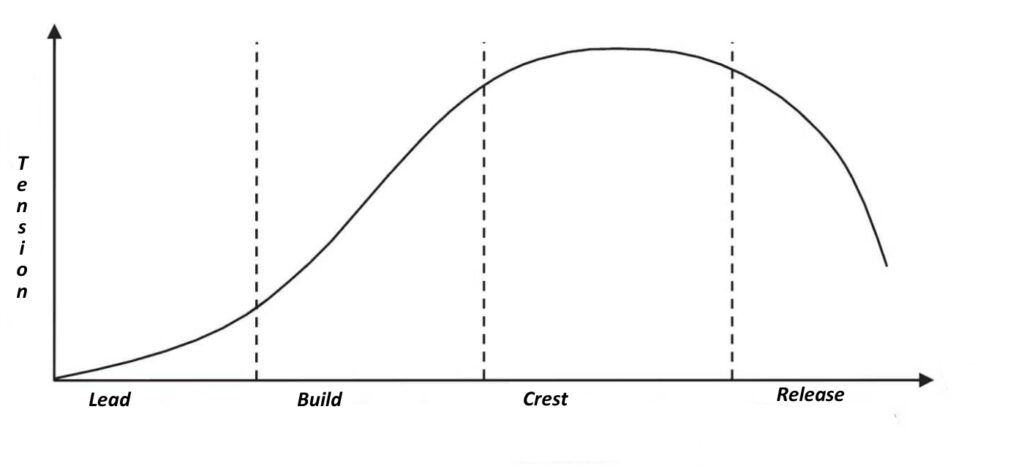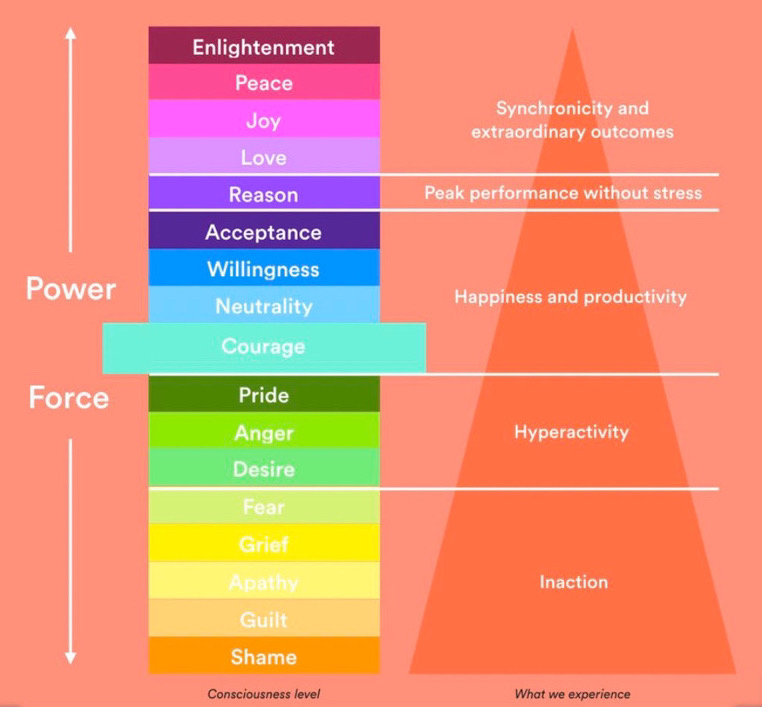Fun Stuff and Useful Media
Get the Sobriety and Music eBook
Get the Desire, Intention, and Music eBook
Lyrics for the Next Saturday in the Park Public Sing-Along
Bill’s Speaker Intro and Short Bio
What’s Bill Doing Now?
Resources for the Former “Suicide Without Judgment” Meetup Group
The Haudenosaunee Thanksgiving Address – The Words That Come Before All Else
The Plutchick Wheel of Emotions

Tension and Release in Music Over Time

David R Hawkins’ Levels of Consciousness
